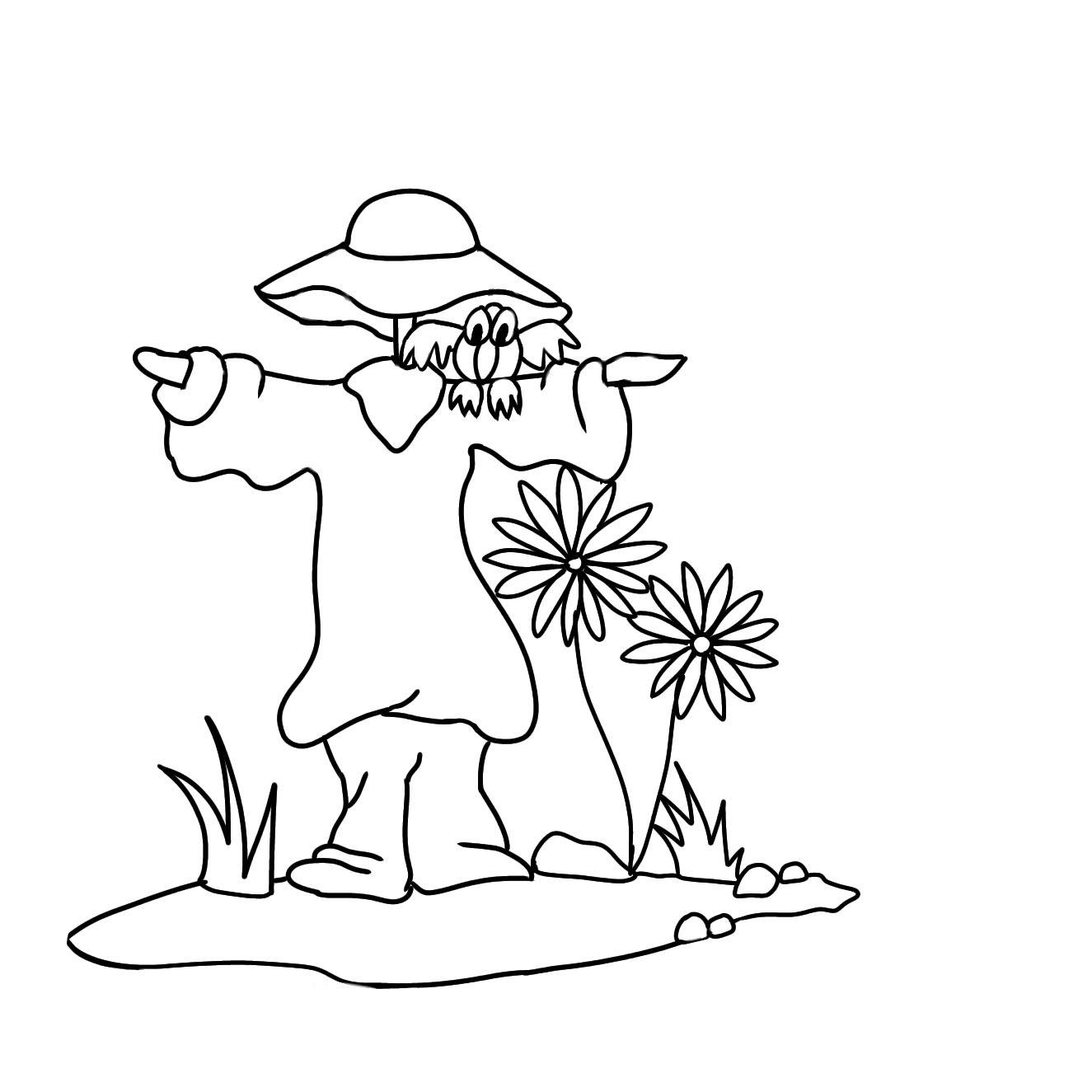Habits with Glyphs
Svetlana Gavrilović has been teaching English for more than thirty years. She is a teacher at Užička gimnazija, Užice, Serbia.Her main areas of interest are using literature, music and games in ELT, but she is currently very much into ELT digital tools as well. She is keen on professional development and strongly believes in lifelong learning. Email: gavril2002@mts.rs
Introduction
Glyphs and I have known each other for 15 years. We met in 2006 when I read an interesting article in one of the issues of ELTA Serbia magazine for English language teachers - MELT. The article was written by Nada Purtić, a distinguished English language teacher from Novi Sad, Serbia, and in it she suggested using glyphs with young learners in order to introduce them to CLIL. She described glyphs as ‘symbolic figures or characters, usually pictures that give information. They are a fun way to figure out information about a person and help to interpret and describe data of many types. By creating them, students learn how to read graphs and charts’. She also mentioned that glyphs were useful when revising, recycling or practising any type of target language, and that they could be used as an efficient self-assessment tool. I could add now that they can be assessment tools, too. Despite the fact that I was teaching teenagers then, and still am, I took to glyphs immediately. They offered opportunities for breaking the routine, they catered for multiple intelligences, they involved different types of classroom interaction – this was enough for me to give it a try. Ever since 2006, Nada Purtić’s article has been the starting point of every lesson in which I use glyphs, as is the case with this one.
Lesson idea
This lesson is created for intermediate + students but can be easily simplified/adapted to suit any level. The main aims of the lesson are: to practise interpreting charts; to practise/revise verb forms used to express present habits (Present Simple, Present Continuous and will + infinitive); to practise describing habits, annoying habits in particular. Students need some crayons or felt pens.
As a warm-up, students are asked to think about their friends and family members and describe a habit of theirs, annoying or unusual, preferably using one of the verb forms already mentioned. They can also name all the irritating habits they have noticed in people.
Then the teacher distributes interpretation sheets to students and shows them his/her own glyph (printed out or projected on the interactive whiteboard). Using the interpretation sheet, students discover what annoying habits the teacher has.

Habits interpretation sheet for students
1 I eat noisily (slurp, belch, crunch). * The hat is pink.
2 I leave the lid off the toothpaste. * The poles are dark brown.
3 I put out a phone every two minutes. * The jumper is yellow.
4 I bite my fingernails. * The trousers are red.
5 I interrupt people. * The bird’s wings are violet.
6 I litter. * The bird’s eyes are light green.
7 I complain. * The bird’s beak is dark green.
8 I am always late. * The bird’s legs are orange.
9 I chip nail varnish off my nails. * The bird’s body is dark red.
10 I sneeze ear-shatteringly. * The ground is black.
11 I crack my knuckles. *The stones are light brown.
12 I drum my fingers on the table. * The grass on the right is grey.
13 I fiddle with my hair/keys/jewellery. * The grass on the left is ochre.
14 I leave dirty dishes in the sink. *The bird’s tail is dark blue.
15 I snore. * The flower on the right is beige.
16 I leave hair in the washbasin. * The flower on the left ia s baby pink.
17 I don’t replace an empty toilet roll. *Draw the sun.
18 I leave the toilet seat up. *Draw a bird on the scarecrow’s right arm.
19 I spend ages in the bathroom. *Draw three buttons on the jumper.
20 I take things without asking. *Draw a belt on the jumper.
21 I talk behind people’s backs. *Draw a fly on the hat.
22 I spend ages on the phone. *Draw another flower.
23 I lose things. * Draw three leaves on the flowers.
24 I put empty bottles/boxes/containers *Draw a pocket on the flowers.
back in the fridge.
The next step is to ask students to create their own glyphs according to the information in the interpretation sheet. When they have finished colouring and drawing, they exchange their glyph with a partner and then interpret each other’s glyphs. A few students volunteer or are chosen to tell the rest of the class what they have found out about their partners, which they do by using verb forms for expressing present habits. Afterwards, pairs form groups of four, analyse their glyphs and determine what the most common habits in their groups are. They present their findings to the class.
Finally, students’ glyphs are put up on the wall/board with some blue-tack for everyone to see and compare.
A homework task could be asking students to write a 50-word description of the typical behaviour of a member of their family using adequate verb forms and vocabulary related to habits.
References
Purtić, N. (2007). Glyphs – a Way into CLIL, MELT 06, British Council, Belgrade, pp.13-17
Please check the Pilgrims f2f courses at Pilgrims website.
Please check the Pilgrims online courses at Pilgrims website
A Board Plan as Part of a Lesson Plan
Lazar Jovic, SerbiaHabits with Glyphs
Svetlana Gavrilovic, SerbiaThe Curious Case of Teaching Backwards
Sandra Plazibat, Serbia